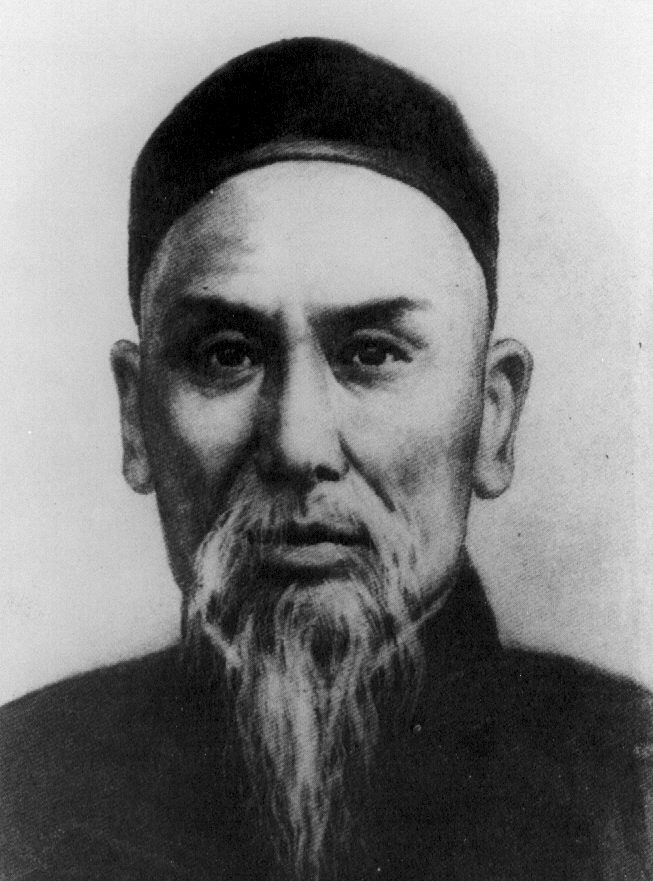wayne hansen wrote:Niall could you tell me what is the difference between the mirror form and the reverse form
mirror form is doing the form "left handed" if you get me, like normal form looks in the mirror... reverse begin at end.. so backwards...
the reason is about recovery and counter dynamics.
So take a sequence...
the orthodox shuai jiao techniques in the sequence from Flying Oblique, Single Seize Lags, Double Seize legs, Raise hands Step Up, White Crane Spreads its wings, Break Arm Style.
try wrestling the applications... so enter to seize a single leg, but enter wit a trick (pat / brush his lead leg with the knuckle side of palm so he (if he's any good) will automatically withdraw it, NAILING his other foot to the ground, seize that one!
Now if he counters because of his momentum and what you've set up, he will tend to turn (if he's good, if hes not hes going down) this brings both legs closer....
Double Seize Legs... like a typical shoot lift.
If hes good he will sprawl and lean over you a bit... Raise Hands Step up (fireman's lift throw) if he's good he will swing to side to prevent being thrown over shoulders... White Crane (hip throw) he's at your side, there's the opportunity ... if he's good he will head lock... Break Arm Style-- like "headlocking" his headlocking armand reaching to fuck up his shoulder and elbow joints...
So we have a relationship between the throws there, now... this is based on nei gung ... the trained ability to recover and move with power, so many reload the cannon, in a lateral way, creating "holes" / "gaps" that can be exploited more easily.
e.g. if someone trys to "sack" you, double seize legs... Shoot throw... you sprawl to counter (yes you could wave hands in clouds... but for this exercise) now if you try and recover by recovering the vertical, you will be thrown, you cannot go any deeper, BUT you can rotate and twist to the sides with POWER, and so effect another technique as you recover the vertical in a more yin-yang rotational rather than platonic lateral way... and that's EXACTLY what one of the Yin Nei Gung trains.
SO the style is based around the 24 nei gung and the trained recovery and power generation methods within them, next someone linked the techniques.. techniques it must be said can be found in other martial arts. But its how we understand their relationship and power them that gives us a particular way of doing them.. a style!
NOW...
BECAUSE they link with power in one direction it stands to reason that the reverse is also true, just a press becomes a drag etc.. and this opens up more possibilities, and of course we want to be able to pull this shit off on the right and left.. hence mirror.
So, as you can see for a style not particularly known for "forms", we actually use them quite practically to develop and often to "solve" skill or lack of. E.G. I recall not being able to answer a particular throw by a very good UK fighter, and he did it to me twice in a sanda match, I've rarely been thrown cleanly. this lad turned me , raised me and fired me on my back. But for the other benefits of nei gung I'd have been injured badly.
It really bugged me, like fights are great, there's no secrets and it really teaches you... so I needed a counter, and my technique bag in that matter was empty... My coach wasn't at that level, (he will admit that, he out-skills me in slow wrestling, I outskill him in fast throws.. probably because one is the answer to the other and we sparred a million times... )
Anyway, the "offending" throw was close to a leg / kick seizing application of flying oblique low... and what's before that? "needle to the sea bottom" I trained a way of breaking his throw by inserting the "needle" between his arms as they locked my leg and broke the hold and simultaneously scopoed his below knee and raised up (reversing the movement) and effectively reversing the throw ...
We met again that fighter and me, and it worked every time.
For me that was some old master coaching me, someone before had recognised the relationship and the counter potential.
Personally, I don't train reverse alot, more like pieces of it, and usually to "get" something. I tend to do mirror a lot as coaching lads the form I tend to lead and then after a while so I can see them turn around and do mirror, they can follow as if looking in a mirror I guess and not fuck up directions etc... SO even there its a useful tool for passing down the art aswell.
Apologies for describing a colour with letters... its ot so easy to communicate that kind of detail in martial application with words.
EDIT: just to be clear, the orthodox applications are "training" drills really, you combine a few quite often in actual application and the orthodox "recovery / counters" are not prescriptive... they are sign posts really... to be practiced to inform one self of one's potential and limitations, and the opponents... and the environments... hence the three stages of neigung.







